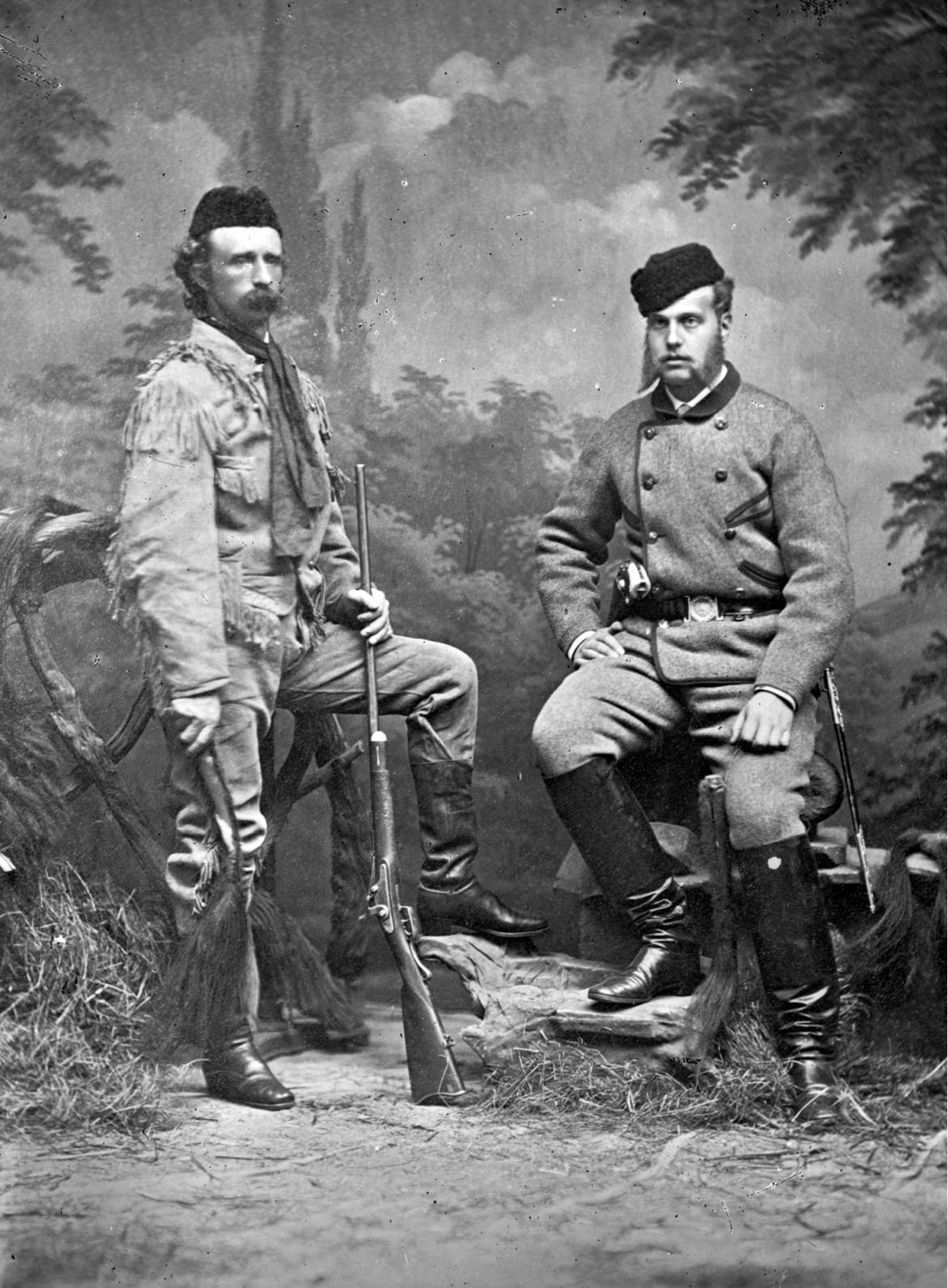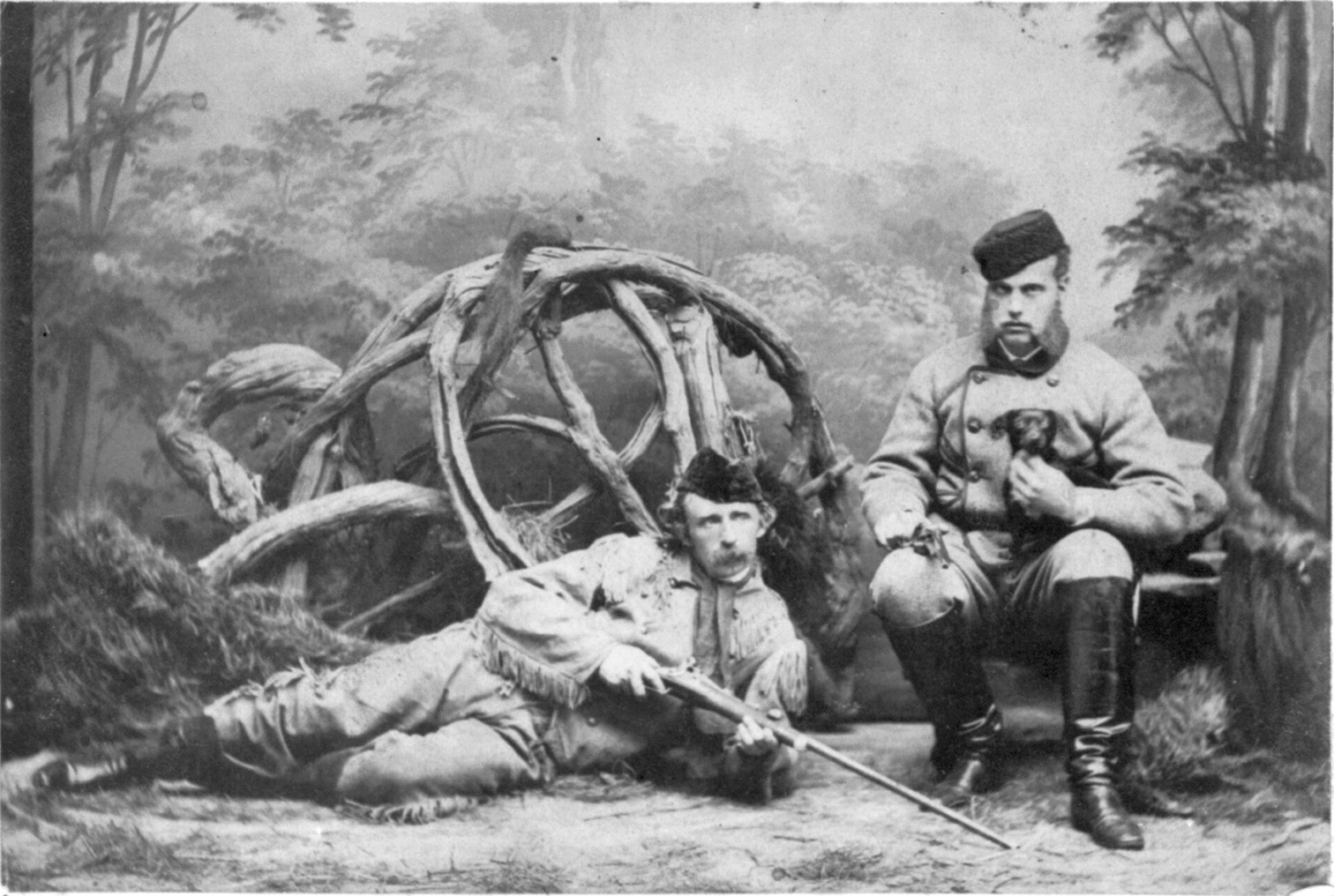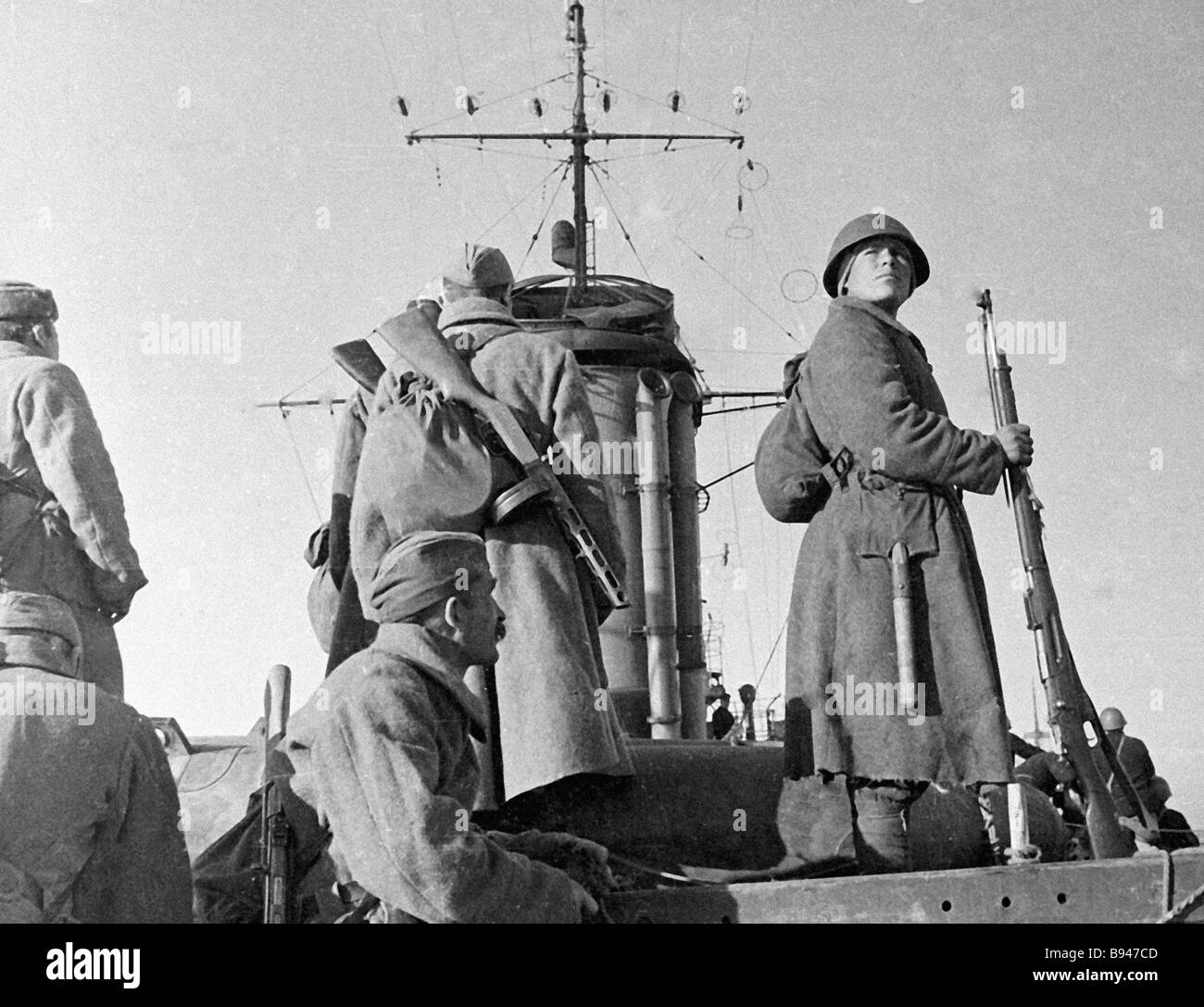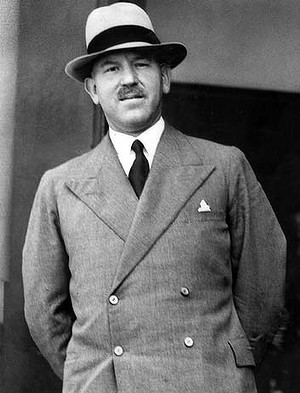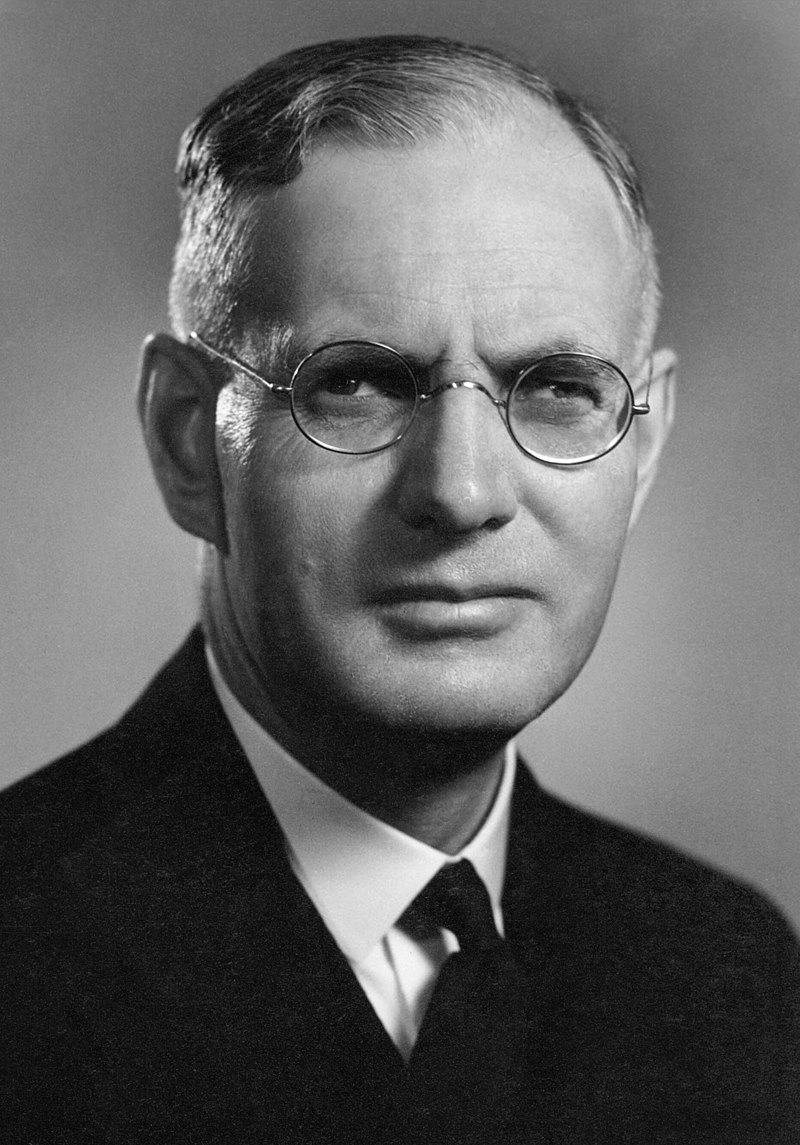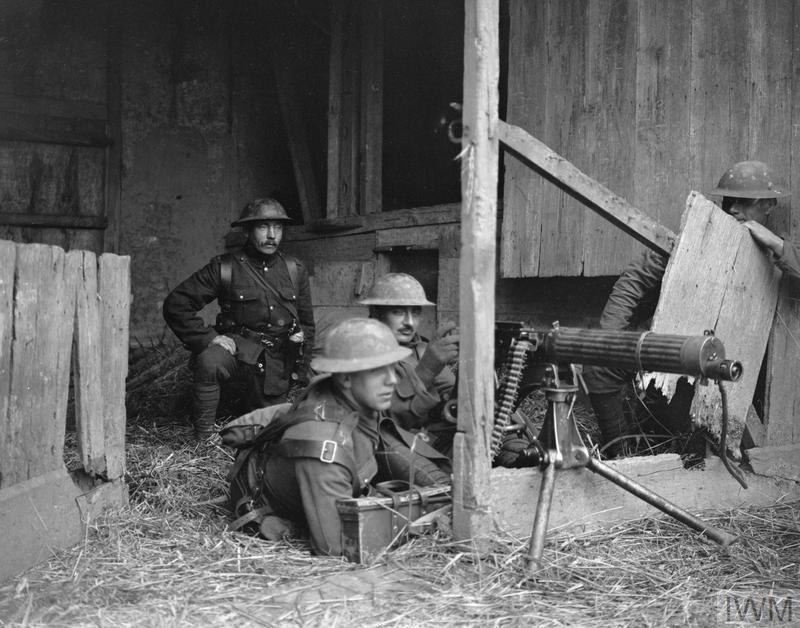Here's a question that only struck me a day or two ago - what would a Confederate States passport look like?
Logically it would probably use the Great Seal of the Confederacy on the cover (that equestrian depiction of George Washington), but this begs two questions:-
-: How would the design of that Seal have evolved between 1861 and 1944? (I know that the Great Seal of the USA went through several iterations after the Civil War).
-: What colour should the cover of that passport be? (Red would be a possibility ... prior to 1GW ... but it seems likely that new colour would be called for afterwards; My guess is that the front-runners would be grey or green, although the former seems a little on-the-nose).
Logically it would probably use the Great Seal of the Confederacy on the cover (that equestrian depiction of George Washington), but this begs two questions:-
-: How would the design of that Seal have evolved between 1861 and 1944? (I know that the Great Seal of the USA went through several iterations after the Civil War).
-: What colour should the cover of that passport be? (Red would be a possibility ... prior to 1GW ... but it seems likely that new colour would be called for afterwards; My guess is that the front-runners would be grey or green, although the former seems a little on-the-nose).

